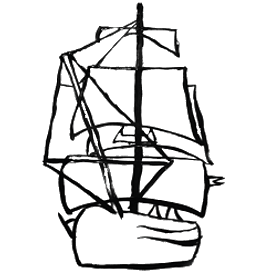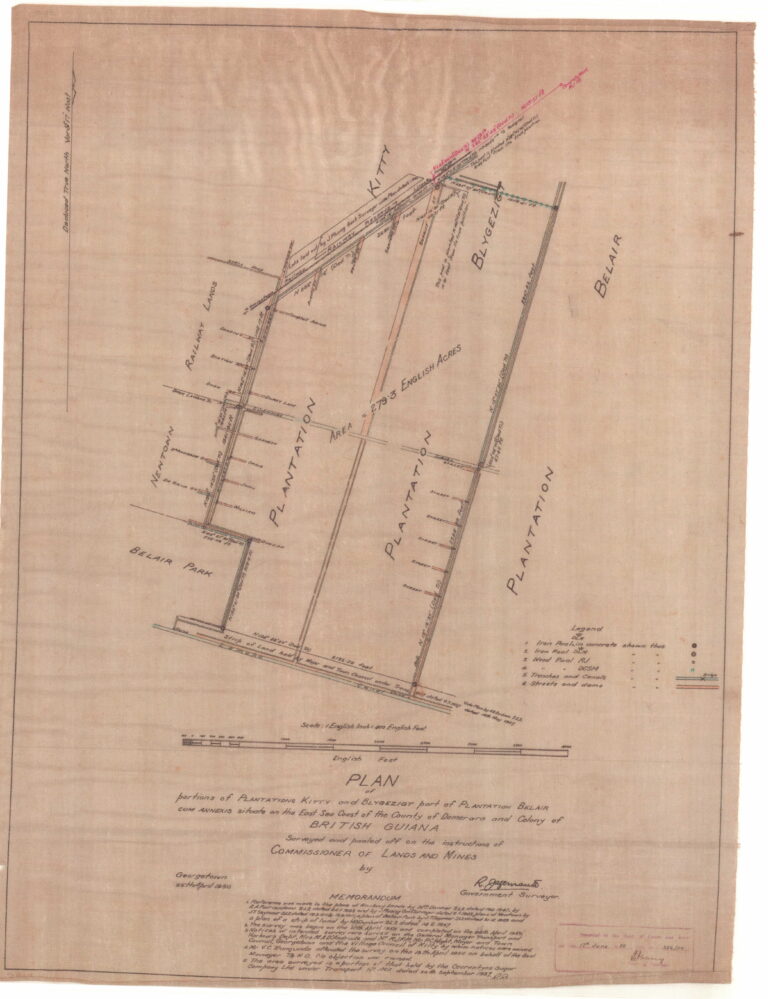Campbellville
Campbellville is what you get after the fences have been erected. A microcosm of a nation that doesn’t exist,[1] it is the sum of its yards, and they don’t add up. Campbellville couldn’t care less.[2] There is no bank or ATM, no airport, no place to dispose of its dead, no cinema, no market. Only roads that lead to and from them: Middleton Street, Durey Lane, Campbell Avenue, Railway Embankment Road, the longest being Sherriff and Delhi Streets. Campbellville is a republic of streets. It is where nations come to drown. It would not be incorrect to describe Campbellville as a landlocked island
If yuh is a sponge den watah, watah everyweh!
Gu∗anese Proverb
What is the methodology for submersion, or is it an immersion? Begin underwater, where reflection is an overhead memory and the last echo is a gasp? With the water to come, or the ground beneath? What rituals will accompany this sinking? When and how did the first purchasers lose purchase on Campbellville? Methodologically: How do we write the history of a sinking? What can a sinking neighbourhood contribute to the practice of history? What does a sinking history look like? What does it look like as the archival materials crumble?
Planning Campbellville in four maps:
Notes:
- Couldn’t care less whether it is or isn’t Campbellville.





A quick description of Cambellville based on Google Maps: A Hilton labeled Chinese restaurant. An Indian restaurant named “Arrival”. A shop making custom t-shirts named “Graphical Desire”. A printing establishment. A furniture store called “Trading Limited”. An International Tropical View and a Caribbean Bar. A Lutheran Church. Two cross-border cash transfer firms. A pen store which is also a stationary and computer centre. A Pizza Hut and an OMG on adjacent blocks. A royal castle in the business of food that is fast. A Chinese house of food that is also in the business of fortune. A Future Tech centre on one end of the microcosm.